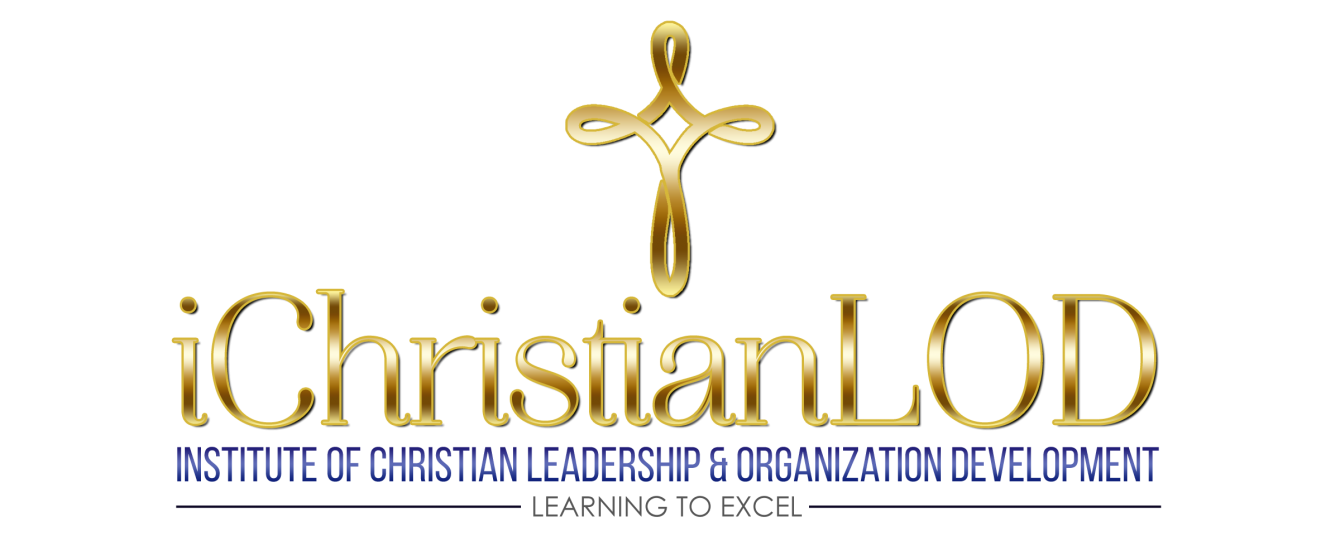Community-Based Action Research
What is Community-Based Action Research?
Stringer (2007) describes Community-Based Action Research (CBAR) as one model of Action Research (AR) that subscribes to a more democratic, empowering, and humanizing approach to inquiry as compared to its predecessor, AR. CBAR embraces the assumption that the participation of stakeholders – those who are affected by the identified problem under study – should be active participants in the inquiry process. For any solution to be fully successful, it is imperative that stakeholders themselves understand the nature of their problem, and that their understandings become inclusive in the active plans to resolve the problem (Stringer, 2007). Since AR is foundational to CBAR, we begin by defining AR primarily as it differs from the more traditional scientific research. We then follow with an explanation of how CBAR is an extension of AR, followed by a discourse of the advantages and disadvantages of CBAR.
Distinguishing Action Research (AR) from Traditional Research
Traditional scientific research is portrayed by Stringer as an inanimate fact-finding expedition that generates generalized hypotheses that may or may not be a correct basis for taking action. In stark contrast, AR is a focused systematic approach to inquiry that is used as a means to produce localized solutions for specific problems encountered by individuals participating in any type of organized social setting. The popularity of AR has increased today because of the excessive complexities and conflicts that have invaded the lives of employees and other organizational constituents. The reality of modern complexity is its adverse effect upon the functional ability of organizational members, and in this way, impacting the effectiveness of the overall organization in achieving its goals. It is in this vein that AR is used to systematically approach inquiry with the goal of formulating effective and permanent solutions (Stringer, 2007).
Community-Based Action Research (CBAR)
As one model of AR, CBAR contains the basic framework of AR which consists of look, think, and act. Look represents the gathering of information and building a visual from that information. Think represents analyzing and interpreting what the visual implies; e.g., what is occurring and why is it occurring. Act, is the implementation of the action plan and evaluation that results from look and think. The cycle of observation, reflection, and action repeats itself, with each repetitive cycle revealing new revelation upon which the community builds, making changes when and where necessary (Stringer, 2007). Gauld, Smith and Kendall (2010) suggest that adding an element of community participation to action research is more likely to produce what they characterize as an outcome that not only reflects the community involved, but one that the community accepts ownership of, thereby increasing its sustainability and success (Gauld, et al., 2010).
Advantages and disadvantages of CBAR
As community members collaborate with researchers, Gauld et al., (2010) describes a partnership between community and researchers that facilitates a process whereby the community proactively participates in identifying and solving its own problems. Other benefits include the development and utilization of local resources, increased knowledge sharing, and a more empowered community (Gauld et al., 2010). Estacio (2012) describes a self-liberating process that culminates in a new social reality that can be used to mobilize action. Despite numerous advantages, there are also disadvantages that Estacio (2012) describes such as the prevalence for inter-organizational conflict often caused by different goals and objectives, cultural differences and misunderstandings, lack of trust, and conflict of interest that results from the various roles undertaken by the researcher/facilitator (Estacio, 2012).
Conclusion
Community-based action research is a collaborative method for solving specific and targeted organizational problems. Researchers act as facilitators, empowering stakeholders to identify their own problems, generate knowledge through reflection about those problems, and follow through by developing their own action plans based upon the knowledge they have gathered. The community is empowered as it learns to identify and solve its own problems, and the organization as a whole benefits as a result of a more functional community.
References
Estacio, E. (2012). ‘Playing with Fire and Getting Burned’: The Case of the Naïve Action
Researcher. Journal Of Community & Applied Social Psychology, 22(5), 439-451. doi:10.1002/casp.2106
Gauld, S., Smith, S., & Kendall, M. (2011). Using participatory action research in community-
based rehabilitation for people with acquired brain injury: from service provision to
partnership with Aboriginal communities. Disability & Rehabilitation, 33(19/20), 1901-1911.
doi:10.3109/09638288.2010.550382
Stringer, E.T. (2007). Action research third edition. Sage Publications, Inc. Thousand Oaks,
CA.

